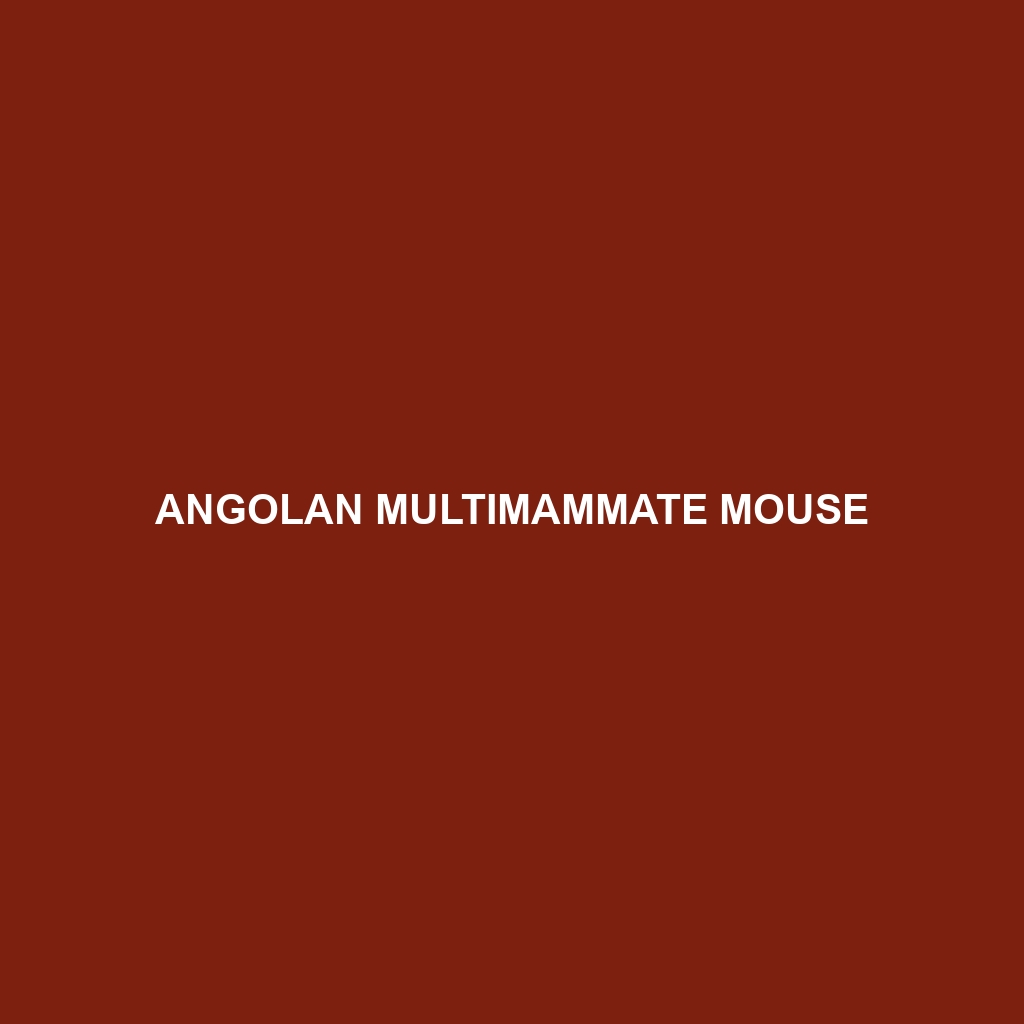Central Sulawesi White-toothed Shrew
Common Name: Central Sulawesi White-toothed Shrew
Scientific Name:
Habitat
The Central Sulawesi White-toothed Shrew primarily inhabits the lush tropical rainforests of Central Sulawesi, Indonesia. These shrews are typically found in dense undergrowth and leaf litter, preferring moist environments that provide shelter from predators. Their habitat spans various elevations, often leading to variations in local microhabitats where they thrive.
Physical Characteristics
The Central Sulawesi White-toothed Shrew exhibits a compact body shape, measuring approximately 9 to 12 centimeters in length excluding the tail. Its fur is soft and dense, with a striking white-toothed appearance—hence its common name. The coloration ranges from dark grey to brown with lighter underparts, while its distinctive elongated snout and small, beady eyes contribute to its unique profile among shrew species.
Behavior
This species exhibits predominantly nocturnal behavior, emerging at night to forage for food. Central Sulawesi White-toothed Shrews are known for their territorial nature, often marking their range with scent. They are quick and agile, using their keen sense of smell to navigate through the dense forest floor as they search for prey.
Diet
The diet of the Central Sulawesi White-toothed Shrew primarily consists of insects, worms, and other invertebrates. They are adept hunters, utilizing their sharp teeth to capture and consume a variety of small prey. Additionally, they may supplement their diet with fruit and vegetation, showcasing a diverse feeding habit that supports their survival in a rich ecosystem.
Reproduction
Reproductive habits of the Central Sulawesi White-toothed Shrew involve seasonal breeding, which typically occurs during the wet season from November to February. The female generally gives birth to a litter of 3-5 young after a gestation period of about 30 days. Offspring are born blind and helpless, relying on maternal care during their early weeks. They attain independence within a few weeks, joining the adult population swiftly.
Conservation Status
The Central Sulawesi White-toothed Shrew is currently classified as Vulnerable according to the IUCN Red List. Habitat destruction due to deforestation and agricultural expansion poses significant threats to its population. Conservation efforts are essential to preserve their natural habitats and mitigate risks associated with human activities.
Interesting Facts
One fascinating aspect of the Central Sulawesi White-toothed Shrew is its potential for adapting to various environmental conditions. Studies suggest that this adaptability may help sustain their populations despite habitat changes. Additionally, they are known for their rapid reproductive rates, making them resilient in the face of environmental challenges.
Role in Ecosystem
The Central Sulawesi White-toothed Shrew plays a vital role in its ecosystem by contributing to the control of insect populations. As predators of various small invertebrates, they help maintain ecological balance within their forest habitat. Moreover, their interactions with other species create a dynamic food web, highlighting their importance in sustaining biodiversity in the region.
